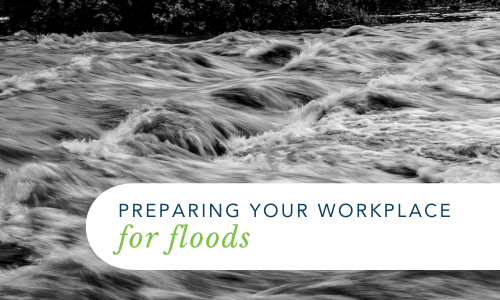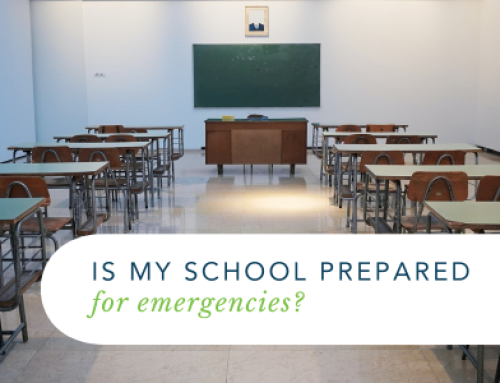Natural disasters can occur without warning, and floods stand out as particularly devastating. Their destruction wreaks havoc on businesses, leading to substantial damage and operational disruptions. These consequences not only result in financial losses but also pose potential risks to employee safety. Therefore, it becomes paramount for workplaces to proactively prepare and equip themselves to effectively handle emergencies.
Understand the Risks:
Start by evaluating the potential flood hazards linked to your workplace’s geographical position. Analyse past flood records, consult with local authorities, and consider the proximity to water bodies, drainage systems, and areas prone to flooding. Acquiring this knowledge will enable you to assess the degree of susceptibility and devise appropriate plans.
Develop an Emergency Response Plan:
Create a comprehensive emergency response procedure for floods. Assign roles and responsibilities to employees, establish a chain of command, and clearly communicate the plan to all staff members. The plan should cover actions to be taken before, during, and after a flood, including evacuation procedures, communication channels, monitoring flood progression and liaising with Emergency Services and contingency plans for power outages or infrastructure damage.
Conduct Regular Emergency Drills:
Organise flood emergency drills to familiarise employees with evacuation procedures and safety protocols. This routine exercise will allow for the identification of any shortcomings in the emergency response plan, enhance employee confidence, and ensure a more effective reaction in the event of an actual flood.
Safeguard Critical Equipment and Data:
Determine the essential equipment, machinery, and vital documents that may be at risk of water damage. Take measures such as elevating them or storing them in waterproof containers. Establish a data backup system to keep important electronic files safe.
Emergency Supplies:
Ensure that emergency supplies, including first aid kits, flashlights, batteries, non-perishable food, and bottled water, are stocked in easily accessible areas. Regularly inspect and replenish these provisions to guarantee their constant readiness for use during emergency situations.
Install Flood Protection Measures:
Implement flood protection measures, which could include installing flood barriers, and sandbags, or equipping flood-proof doors and windows. Additionally, remember to regularly maintain and clear drainage systems and gutters to ensure they are free of debris and operating as they should.
Workplace Emergency Management can support and guide your workplace through the appropriate training, planning and procedure development to ensure your workplace is prepared in the event of a flood. Get in touch to discuss today.
Review and Update the Emergency Plan:
Take the time to review and update your emergency plan. Being prepared for floods requires proactive planning, efficient communication, and regular maintenance. By following the steps provided in this guide, you can significantly mitigate the risks associated with flooding, safeguard your employees, and minimise potential damage to your business. Keep in mind that preparedness is crucial for effectively handling any emergency, including floods.
Is your workplace prepared for emergencies? Workplace Emergency Management can assist you in ensuring it is.
GET IN TOUCH
Are you ready for peace of mind that your workforce is as safe and prepared as possible?
With a dedicated team of staff ready to help you meet compliance requirements and improve the overall safety of your workplace, all you need to do is get in touch.
Request your free audit today!



